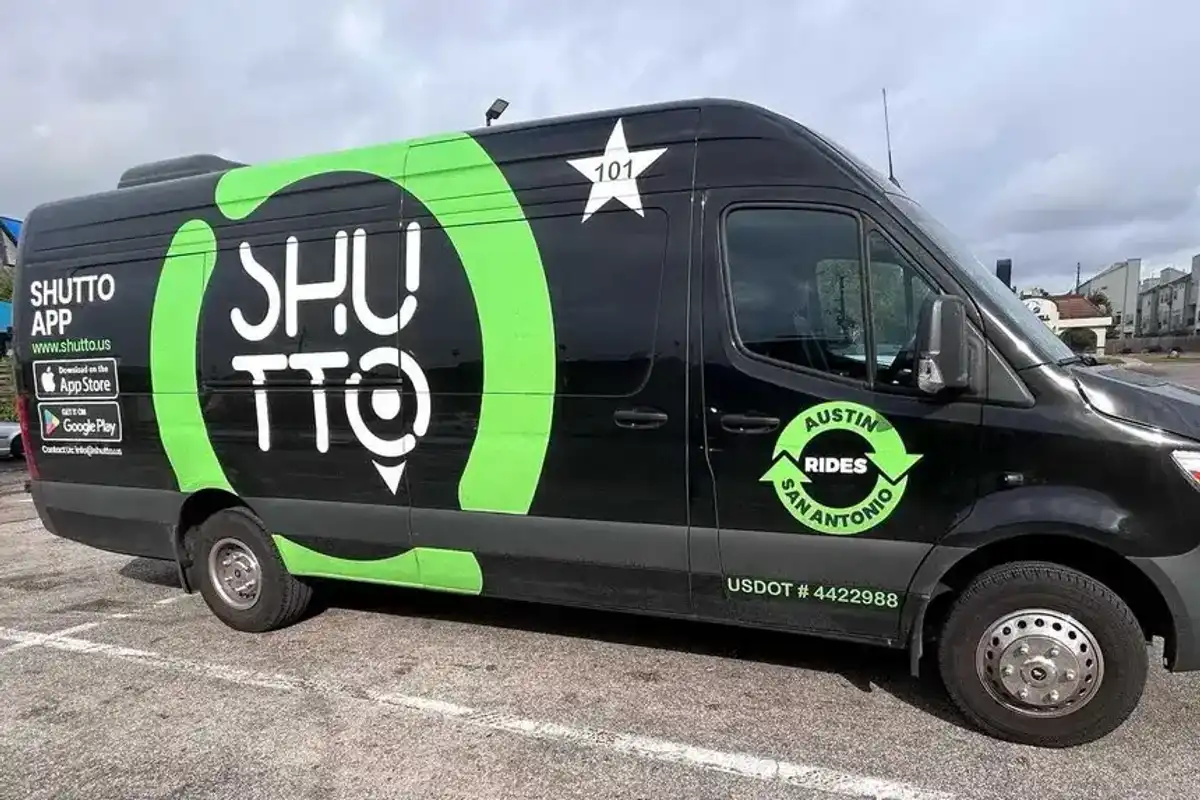With fresh funding, Houston cancer-fighting cell therapy gears up for continued clinical trials
Houston innovators podcast episode 259
When cancer originates in a patient, their body fights as hard as it can against the disease, but sometimes, the cancer wins the battle. However, one Houston cell therapy startup is working on an artillery of therapeutics to help arm patients' bodies to win the war.
Founded in 2022, March Biosciences is a cell therapy company born in part out of the Texas Medical Center's Accelerator for Cancer Therapeutics, where Sarah Hein served as inaugural entrepreneur in residence. In that role, she met her co-founders Max Mamonkin and Malcolm Brenner.
Now, leading the startup as CEO, Hein tells the Houston Innovators Podcast that with March's lead product, MB-105, an autologous CD5 CAR T cell therapy, the name of the game is to zero in on advancing this particular treatment to its phase II trial next year.
"Targeted therapies are targeted. Our target is expressed on these T-cell cancers, and there are a couple other cancers, like Mantle Cell Lymphoma or Chronic Lymphocytic Leukemia," Hein says on the show. "Unfortunately, I don't think there's ever going to be a magic bullet that is going to hit a huge swath of these cancers. We're going to continue to chip away at these cancers by creating really elegantly engineered therapies against these different kinds of tumors.
"March, in general, is committed to this idea that we're going to continue to work on difficult tumors and different targets with our uniquely engineered targeting strategy against these diseases. As we expand into the next year, you'll see us speak on this a little more on how we're going to continue to work on new diseases that havent been addressed previously," she continues.
Hein explains how March Biosciences — named in part as a nod to one of Houston's best months weather wise — has benefitted from the support of the local life science community. Last year, March announced its partnership with CTMC (Cell Therapy Manufacturing Center), a joint venture between MD Anderson Cancer Center and National Resilience. Hein says over the past year, they've moved into CTMC and that's allowed them to accelerate their progress as a company.
"Houston has a unique sophistication in cell therapy. Where we've had biotech spinout, cell therapy has been one of our more successful verticals," she says. "We've had resources and knowledge here that were uniquely available for our drug category."
Earlier this month, March Biosciences announced an oversubscribed $28.4 million series A led by Mission BioCapital and 4BIO Capital and bringing the company's total funding secured to more than $51 million, including its prestigious CPRIT grant. Hein says this funding will go toward further developing March's therapeutics and team as it gears up for its phase II trial next year.
Ultimately, Hein explains on the show how passionate she is and her team is on continuing to develop treatments to fight cancer with their targeted approach.
"I never have to explain to people why we would go out and fight cancer. I think it's a self-evident hypothesis," she says. "But what I personally find is exciting in cancer therapies in general are these immune therapies, where you using the body's own immune system to seek out and destroy the cancer cells.
"What's really exciting about that is these are the same immune cells that fight cancer or pre-cancers for most of your life and usually what happens is the cancers figure out a way to mass themselves. With modern approaches, we can boost the immune system."
- TMC names 2024 cohort of cancer treatment innovators ›
- Houston startups named most promising in the life science space at annual event ›
- Houston program buoys promising cancer research with live-saving innovation ›
- 4 Houston life science startups secure over $40M in CPRIT funding ›
- Cancer-fighting startup partners with Houston cell therapy accelerator ›
- Houston cell therapy company launches second-phase clinical trial - InnovationMap ›






